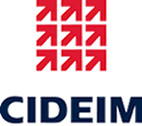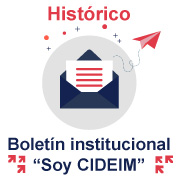|
Vector Biology and Control |
|
The Vector Biology and Control thematic area of CIDEIM seeks to contribute to the development of control strategies to decrease the incidence of vector-borne diseases. In order to achieve this, our research focuses on understanding the biology and ecology of vectors, as well as the molecular and biochemical mechanisms associated with vector competence and resistance to insecticides.
The studies conducted in this area include vectors which transmit leishmaniasis, dengue and malaria.
Strategic objectives
-
Evaluate insecticide resistance among vector populations with the goal of advising public health entities regarding appropriate insecticide use.
-
Evaluate the efficacy and effectiveness, both in the lab and the field, of vector control products.
-
Identify genes structurally and functionally involved in the vector-pathogen interaction with the goal of defining novel strategies for transmission control.
-
Understand the ecological factors associated with vector-transmitted diseases.
-
Design and evaluate new strategies for vector control based on the knowledge of the vectors themselves and the epidemiology of the diseases.
Current research and services
Achievements
-
The state of malaria and dengue susceptibility to insecticides was characterized in 12 departments, and the National Network for the Surveillance of Insecticide Resistance was developed. The participants in this network include: CIDEIM, the National Institute of Health, Universidad de Antioquia and Universidad Nacional.
-
The variation in vector competence to the dengue virus was evaluated, and differentially expressed genes associated with refractory levels in Aedes aegypti populations identified, both serving as bases for understanding the molecular interactions between vector and pathogen.
-
Eco-epidemiological variables associated with transmission of cutaneous leishmaniasis in the outbreak in Chaparral municipality were identified, which helped direct the development of prevention and transmission control strategies.
-
An effective strategy for control of Aedes aegypti was implemented and evaluated in Buga, Colombia, based on the continuous control of the most productive breeding sites.
Contact
Clara Beatriz Ocampo Durán, MSc, PhD
Coordinator
This e-mail address is being protected from spambots. You need JavaScript enabled to view it
|







